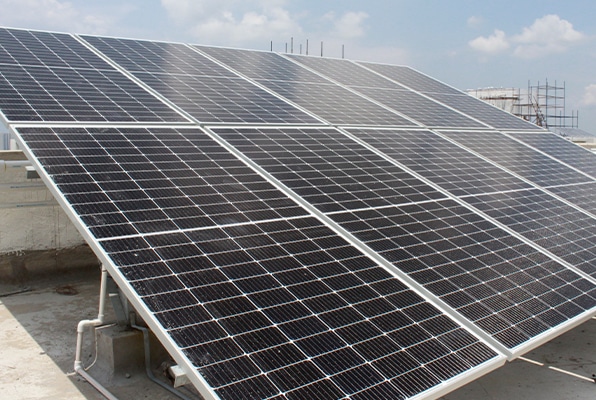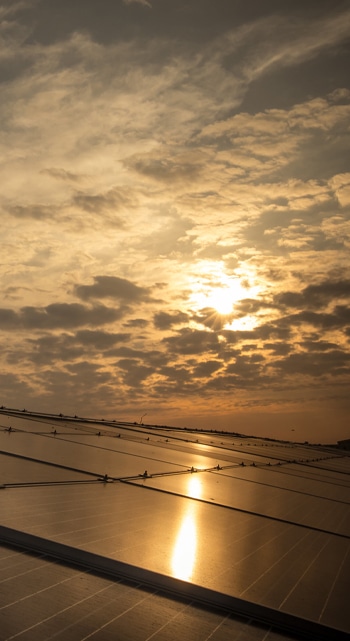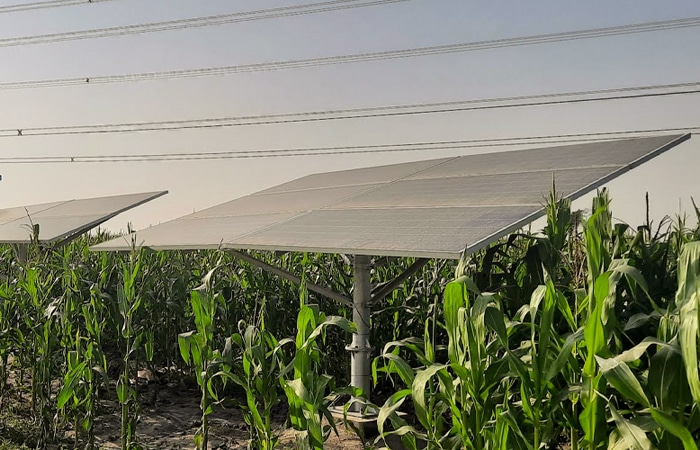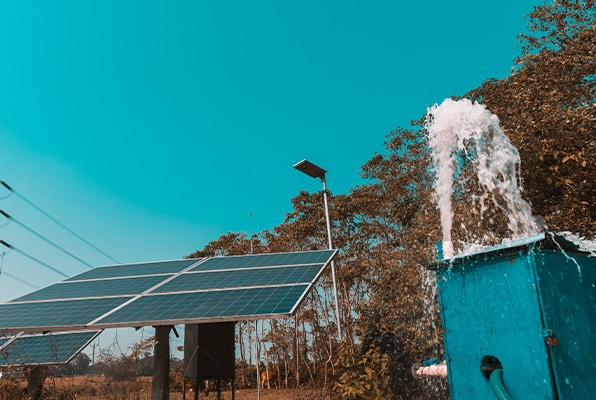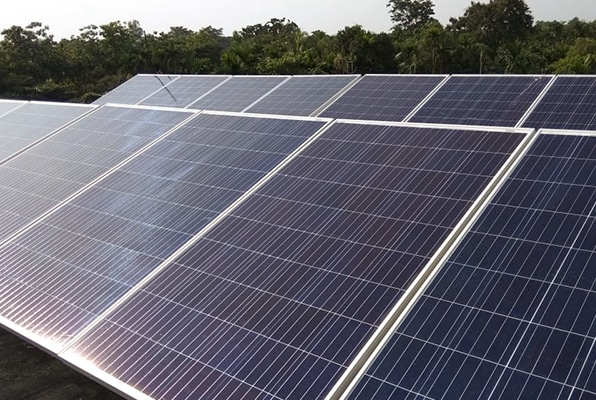With a country that depends on agriculture for most of its sustenance and surplus, India also has the perfect tropical climate to harness solar power and is armed with the unprecedented potential of actually doing away with the biggest obstacle to farming and agriculture: the lack of water and irregular rains. The need for the hour is a shift to renewable forms of energy, like solar power, as a part of climate mitigation strategy and the impending peril of the climate crisis that threatens India. Our response to the crisis has been of an efficient and expedient nature. The country has achieved its target of installing 20 GW of solar power 4 years ahead of its schedule and what makes the country achieve such growth and success in its solar power and harnessing chapter is the presence of solar power companies like SunShell Power.
Most of our setups and projects are planned and executed by adept engineers who ensure not only proper installation but also follow up maintenance. Off-grid regions in India can actually benefit from the graces of solar-powered irrigation and stand out as a boon of water management in agriculture. With our 3HP River Lifting Irrigation project, not only were crop losses from insufficient irrigation avoided entirely, but also fluctuations in fuel and supply prices were done away with. We have received positive reviews from NBDD and the local farmers who have been immensely benefited by the installation of 180 pumps.
Product Overview
SunShell Power is one of the emerging names in the solar scene of India committed to provide utility solar assets and professional services that maximize customer satisfaction.
The installation of 3HP River Lifting Irrigation in the regions of Coochbihar, Alipur and Jalpaiguru is one of our successfully completed projects that provided the farmers with regular supply of fresh clean water for growing their seasonal crops. We were able to install 180 solar powered irrigation pumps that provide the farmers with 7 hours of water regularly, thus ensuring a regular supply and flow of water for the proper growth of crops, and the set-up generates around 12KWP/day.
Technical Details
Our experienced crafty engineers examined the area with utmost care and deemed that a 3HP River Irrigation system with 180 pumps were required to cover the area. They made their observations basing on the needs of the area, the amount of water that needed to be moved, and the elevation at which the water needed to be moved over the expanse of the distance. Below are the technical details available on this project done under NBDD:
- To ensure stable operation, particularly in climates that undergo frequent fluctuations, this project opted for remote monitoring in solar pumps, as it makes troubleshooting and maintenance really easy.
- With the remote monitoring, the DC Voltage, Input Power, Output Frequency, Energy produced can all be monitored. The DC Power that’s collected from PV strings is then passed on to the Hybrid Controller that has external SPD, Changeover Switch, DC and AC MCB.
- A 2No Lighting Arresters were also installed to ensure voltage spikes in case of storms are absorbed without any damage to equipment or surroundings.
- Earthing is always essential in a power setup to ensure safety. A 4Nos Earthing was used for this setup.
- A dual access module mounting structure with 85 Microns G was set up along with a module of 325 WP.
- The pumps used were 3HP Monoblock Solar Pumps.
- They were all linked in one street light with the use of a motion sensor.
Installation and Execution
The River Lift Irrigation Project was installed in strategic places, in separate farms that belonged to different farmers, keeping in mind a proportionate distance between each pump installed. A total number of 180 3HP Monoblock Solar Pumps were installed for this irrigation project. You’ll find the details of the installation below:
- Each site where the pump was installed had 2 foundations and a dual axis structure set up, to ensure flexibility and freedom to rotate.
- A 2No dual access structure was also installed in every site and then came the Monoblock pump set each with a kiosk box, set up in 180 different locations.
- A DC-AC wiring conduit was made and lighting arresters were set up to absorb electrical voltage spikes.
- And at last, remote monitoring was set up in each of the 180 sites to ensure everything from the input entered to the output frequency could be tracked and kept an eye on, from any part of the world. After installation, through remote monitoring, our maintenance guys keep a regular eye for scheduled check-ups and other contingencies that might arise.
Conclusion
From all that has been explained and detailed above, you can see, for yourself, that the project was completed meticulously. It had planned in expedience by expert engineers who were responsible for also executing it. At the end of this project, our experienced team mates were able to get things running swiftly and the power generated every day is 12KWP/day and each of the 180 pumps have a capacity of providing water for 8 hours per day.
One of the challenges our solar infused irrigation pumps were facing were when small snails from the river were getting stuck and thus impeding and blocking the pumps and the subsequent flow of water. This problem was swiftly taken care of, by the maintenance team at standby, by installing a foot valve with filter net in each of the pumps, that ensured nothing blocked the flow of water anymore.
